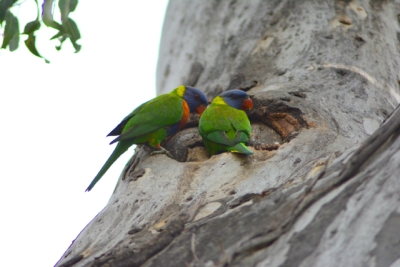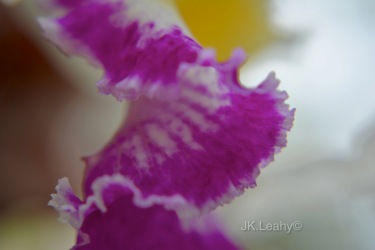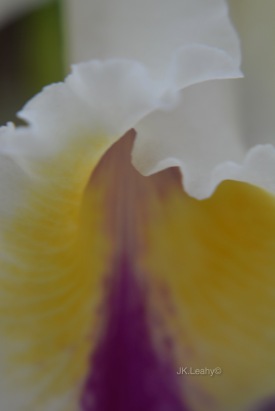Succulent Flowers
A Bouquet In Spring – Flowers and Photography
I don’t usually plant these dainty little pansies (above) and petunias (second one below). It was my mother’s idea while she has been here in Brisbane. The flower below is an air plant, from the orchid family which I plant and this spring, I have had a large collection of flowers.
When I see the other colours that my mother brought to my somewhat ‘tough’ garden of succulents, bromeliads and other arid plants, it makes me smile. The colours make the gardens look like beautiful paintings. Their dainty little petals look like delicate bouquets that add a fresh softness to the garden.
I went to watch my son play rugby with my mother this morning and this pair of young rainbow lorikeets got my attention. The game had not started yet, but I could hear them quietly chatting in the trees while honey-hunting. The pair was after the honey more than 20 feet high in the hollow of this large gum tree at University of Queensland rugby field, Brisbane.






Under the leaves of the double (petal) fuchsia hibiscus is where the butterflies sleep. The withered hibiscus leaves dying and hanging, provide the perfect camouflage for the butterflies. If light does not reflect on their folding wings or their shimmering patterns, you just don’t know – that is where the butterflies sleep after dark.
How did I know this? I was helping my mother late one evening to prune these beautiful hibiscus bushes and I saw the butterflies. There were lots of them under the leaves – hanging upside down like the flying foxes. As soon as light arrived the next morning, I went to check and the butterflies had gone.
When the Cattleya orchid bloom, the petals remind me of watercolour on paper. Translucent layers, flow the streams into each other. Lights, waiting to burst in unseemly angles. The orchid’s veins like fine ice crystals are so delicate that it bruises to touch; such a complete contrast to its thick leathery dull green leaves.
Inside, many secrets are kept. But who is to know…
When you are up close to a Cattleya, there are so many things to look at and the mind can play tricks on you. I get lost in the ‘skirts’, the twists of the lines, and ruffled ends of its petals that tilt like a Latin dancer’s skirt. Sometimes the ruffles can look like bird feathers.
It is not hard to see a Latin dancer stretch her legs and throws the ruffled hem back, leaving the wind and the music to take her. Round and round in her twists and turns until the last note, a high-pitched violin is played to bring her home.


That note is also the mosquito humming in my ear as it bites me. I know I am staring at the orchid under the tree outside my house. Show is over.
It rained yesterday. It has been six weeks since we started caring for the ten wild Pacific Black ducklings. Read previous post when the ducklings had their first swim. All ten have survived and thrived. It is also close to that time when they return to the wild. Although they were not ready to fly, I was itching to let them out to eat greens and socialise with their mother, the other ducks and animals. My sons and I discussed letting the ducks out. I thought we had all agreed.
Nathan left for University lectures and my younger son Chris opened the cage. The first brave six stood by the fence line, for ten to 15 minutes, unsure of their next move. Chris and I stayed in the house and watched them. Over the six weeks, we had cared and fed the ducks, but made sure we did not touch them or get close to them during feeding and play time.
Then, all six left the cage entrance and headed for the gardens. Their four siblings remained in the cage. The six explored all areas surrounding our house. They seemed very inquisitive and excited.
About 20 minutes later, the six returned to have some food. The mother was away somewhere in the bushes. The four still stayed inside, out of sight. As the six adventurous ducklings started eating, their mother arrived and shared their lunch.
After lunch the mother headed for the water. The six followed. And, the fun began for all of us – ducks and humans. I suddenly realised they were moving away from the house and they may not return to the cage or safety for the night. It was hard to know what could happen, but they looked so happy, I went along with it.
I kept watch as they walked towards the pool and without any hesitation, they jumped into the water and started playing. It was wonderful to watch.
After at least an hour, I went to the pan and took out the four ducklings and move them to join their mother and siblings. They needed a little confidence to cross the backyard to the water.
Throughout the day – the ducklings played, swam and practiced flying – by skidding across the water as they normally do. By 6pm, it got dark and they made no move to return to the pan. They huddled in the corner, in the water. Their mother stood outside, nearby. We tried to put them back into their nest from 6pm until 9:30pm. They split up and swam in away and re-grouped. It was hard and they were very quick.
It was time to think of another way to bring them back in the cage. My older, very-annoyed-with-me son, held the torch, while I made the duck-catcher. I also had to explained to the aspiring medical doctor how the basket would work and how and why it was the best thing and it would NOT hurt the ducklings. It was a simple fishing basket, but four times bigger. I had made these things all my childhood life to catch fish. We set the basket in the corner of the pool with ropes to jerk up quickly – like a snap-trap, and guided the ducklings with noises and calling. Innocently they swam to the basket. First, we caught four, then they worked it out so we changed positions and where we placed the basket, and caught four and then one.
“I was wishing we caught the last two together, because the one left would be the hardest, ” Chris said and I agreed. We all knew, the real work was yet to come, and it was already 10:30pm.
Half hour later, desperate, I found myself crawling through the bush on all fours on duck shit and sneaking up to catch the very quick and smart six-week-old duckling. It kept on sensing my presence and swam away. This was not the way I remember my child-hood, and the days in the wild, it was more fun and I was faster. By 11pm, my two sons, who by now blamed everything on me, decided to try their own way with a net we used for the chicken coop. After they set up the net, the duckling cleverly swam away from their net and towards the dark bushy corner where I hid on duck shit. It came right next to me and I tried to hold my breathing while I let the duckling relax for just two minutes or so. And then, I scooped it up with a milk carton and my hands. The duckling and my sons all got a shock.
“You look nice enough to eat,” I joked to the bewildered duckling. No-one in my family was impressed.
With dry towel and a cuddle, the duckling was quickly re-united with its siblings.
It was midnight when that last duckling was caught. My sons and I were too tired to speak to each other, nor argue.
However, an earlier lecture from my older son that evening, was that we will now wait for two to three more weeks for the ducks to fly before we can let them go. That would ensure that they are strong and fast enough to survive predators. Oh well, I thought, I have never been one to be a caged bird myself. There is too much sun and fun to be enjoyed outside, in the wild. I sure did re-live my childhood years once more and it was not too bad, despite family opinions.
In this Dead and the Living shots, I caught a grasshopper coming out of its old skin this evening as the light was fading. By the time I grabbed the camera, the grasshopper had hung its old skin neatly on a garden stump, just like a coat hanger.